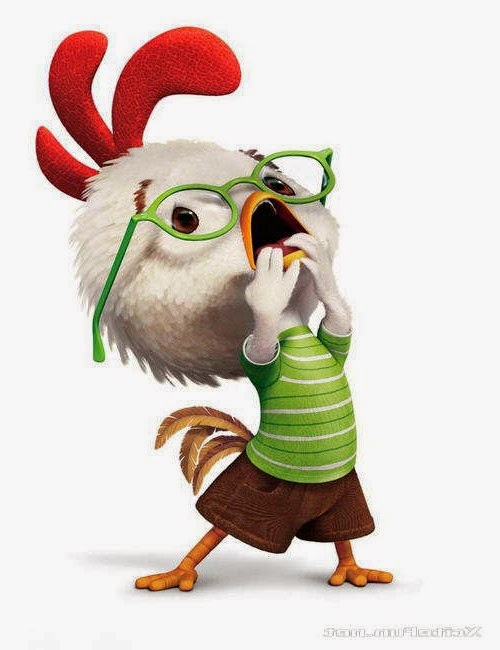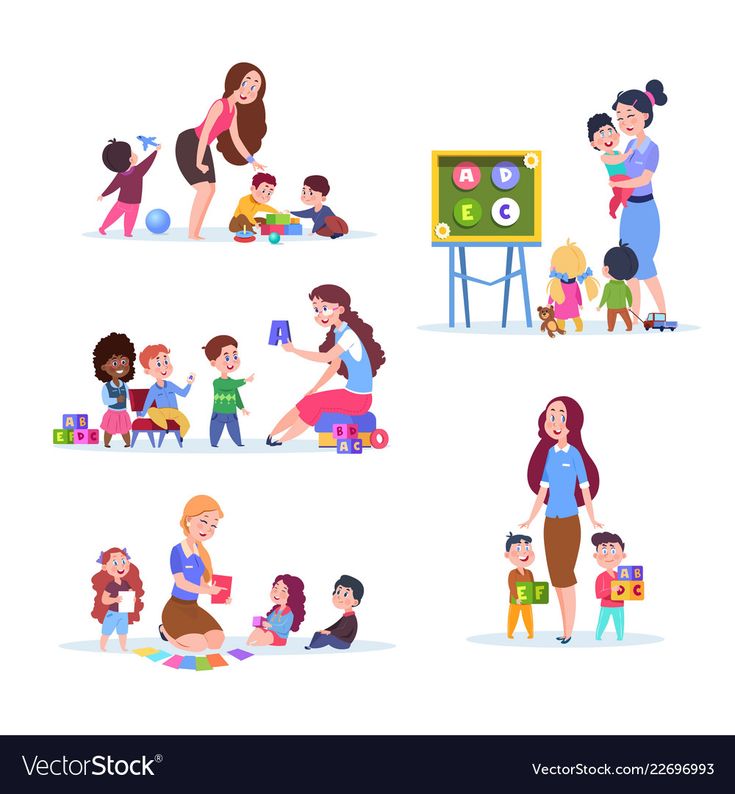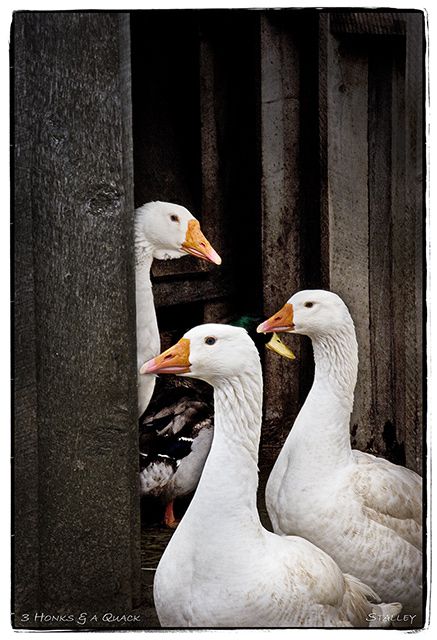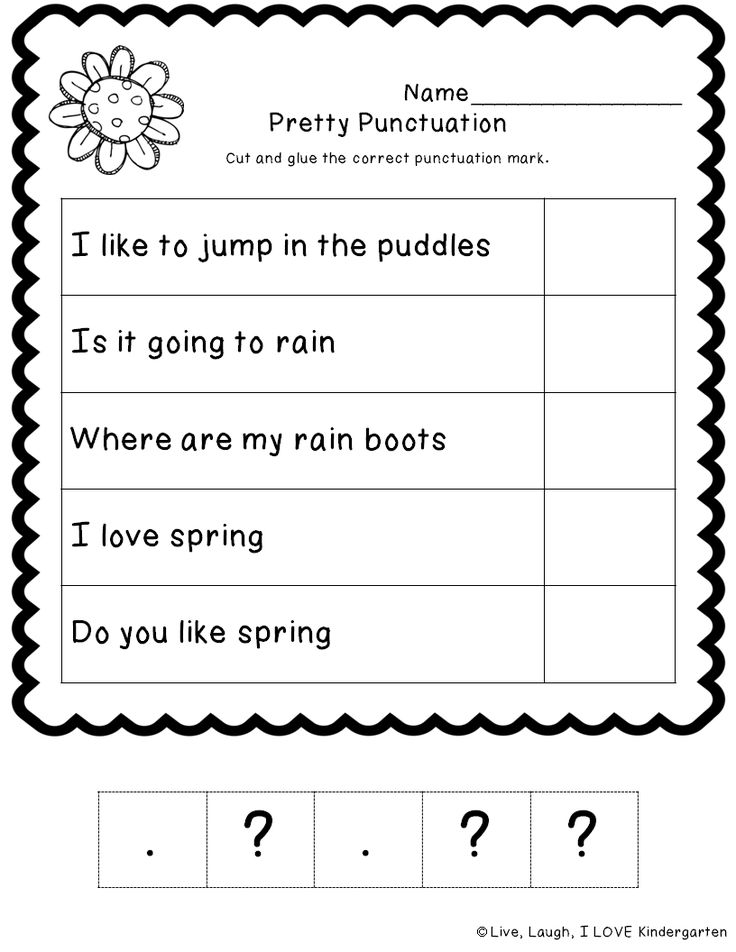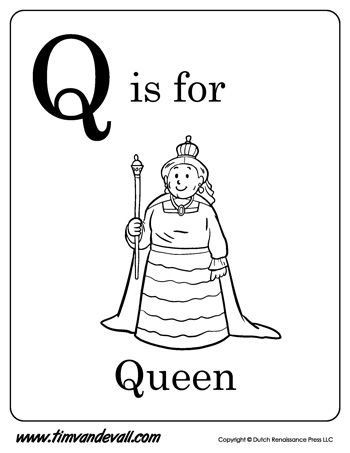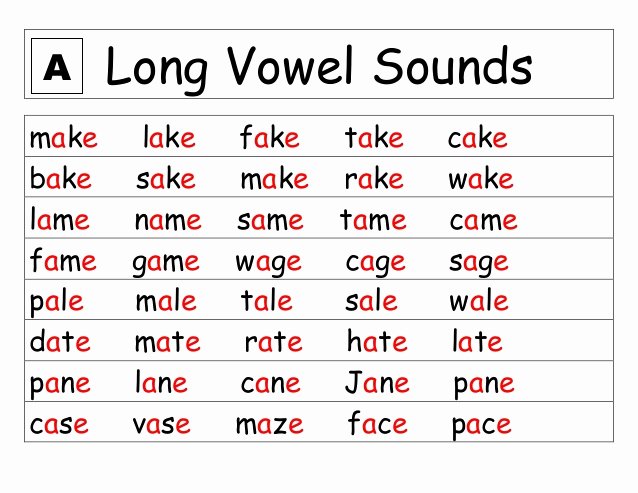Ordinal numbers practice
Ordinal Numbers Worksheets
Rev up preschool through grade 3 kids with these printable ordinal numbers worksheets packed with fun-to-do stuff comprising appealing images of people, animals, and cartoons lined up. Build skills in identifying the position of an object in a list, or a rank in a sequence relative to the other objects with exercises focusing on ordinals from first to fifth, 1st to 10th, pdfs to identify the ordinal positions, and to differentiate between cardinals and ordinals, expressing ordinals in numerals and in words up to the 20th and 100th. Swoop in on our free ordinal numbers worksheets and make the most of them.
Coloring Objects in the Ordinal Positions
Topped with plush toys to attract the eager-to-learn kindergarten kids, these ordinal position worksheet pdfs get them to read the ordinal numbers from the 1st to 10th, identify the object in the specified position relative to the other objects and color it.
Numerical Form
Word Form
Writing Ordinal Numbers and Words
With ten colorful birdies perched on each worksheet, all that your little bird watchers of grade 1 and grade 2 need to do is observe the position of the colored object and write the ordinal numeral or ordinal word.
Numerical Form
Word Form
Ordinal Numerals up to 5th | Puzzle
Feel the sea vibes with dolphins, and put a colorful rainbow together with your preschool kids. Let them snip the pictures, sequence the ordinal numerals from 1st to 5th and glue them to unscramble the pictures.
Color
Printerfriendly
Ordinal Numerals up to 10th
Entertain 1st grade and 2nd grade kids for hours as they scissor out the puzzle pieces, arrange them from 1st to the 10th and glue them to unravel the pictures in this collection of printable ordinal position worksheets.
Color
Printerfriendly
Cardinal or Ordinal Numbers
Emphasizing the distinction between a cardinal or counting number (one) and an ordinal number (first), get kids to read each scenario, comprehend if the number implies quantity or position, and write cardinal or ordinal, whichever is apt.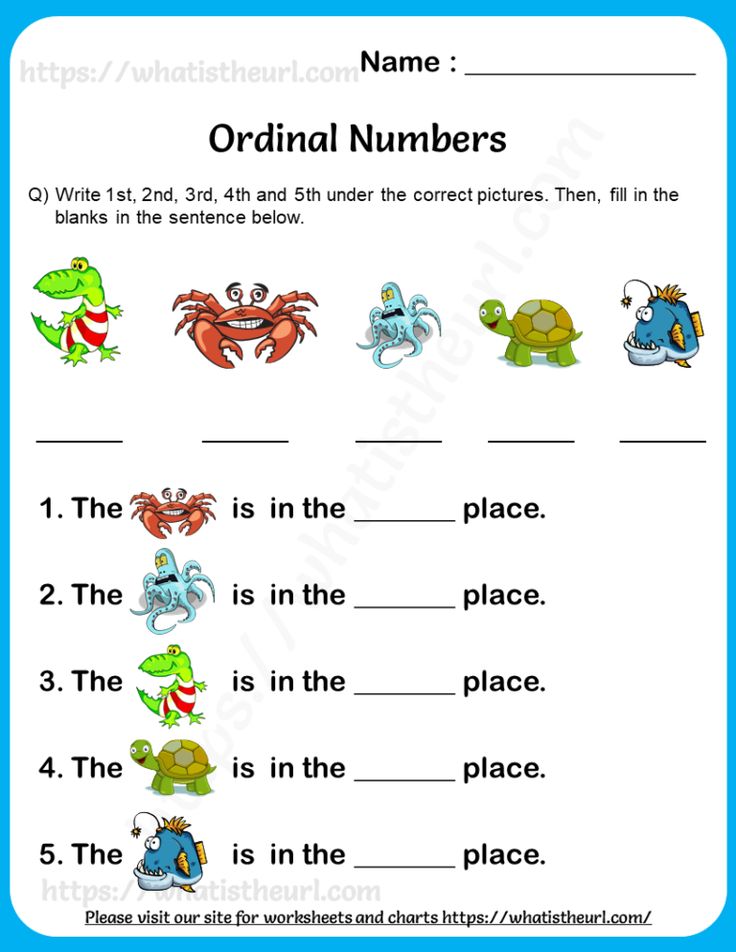
Ordinal Numbers up to Tenth | Cut and Glue
Time to get packing and set out on a holiday. Run through the dotted lines with your scissors, read the instructions, identify the ordinal position and glue the kids on the corresponding window of the bus, train, and airplane.
Coloring Objects in Ordinal Positions
There's guaranteed fun in store with these ordinal number words worksheets that get kids coloring the specific toadstool, railroad car, a paint cake, the floor of a building, a layer of the Xmas tree, or a tier of a cake using the color mentioned.
Landscape
Portrait
Ordinal Number Words First to Fifth
Detour from the regular ordinal number worksheets and add a story twist to the jigsaw puzzle exercises. Kindergarten kids unscramble and line up the puzzle pieces using the ordinal position words as hints and glue them in order.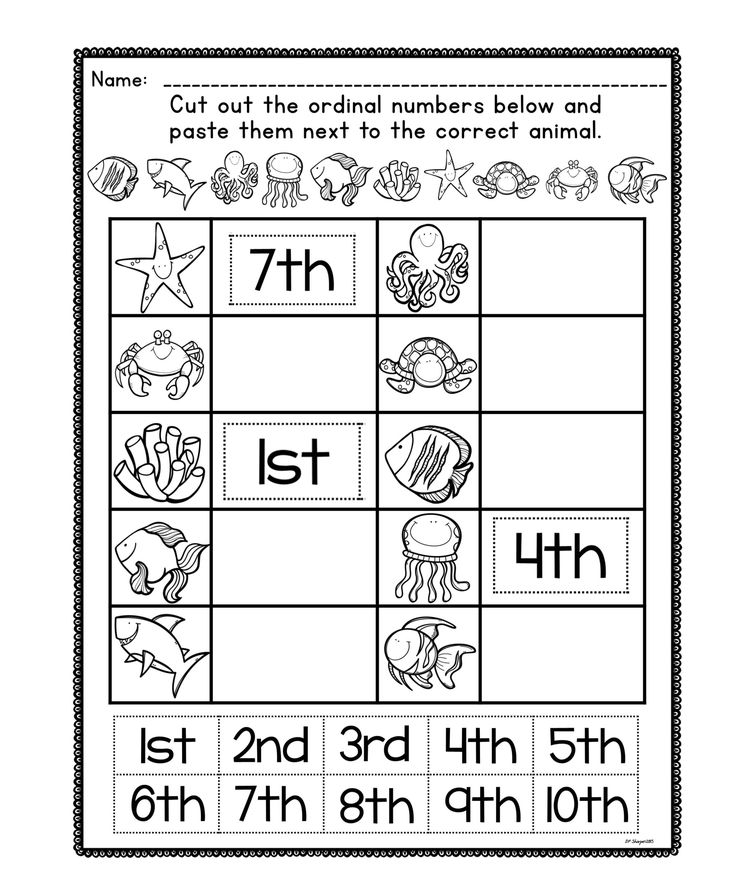
Color
Printerfriendly
Ordinal Number Words up to Tenth
Swap snoozy ordinal number exercises with these puzzles and it will be easy to see why kids want more of these. Gameify the cut and glue activities and spice up learning with this batch of ordinal numbers worksheet pdfs.
Color
Printerfriendly
Ordinal Numerals and Words up to 100th
What begins as an attempt to practice ordinal numbers for your 3rd grade kids ends up in assessing their spellings. Kids read the ordinal number words and express them as numerals in one part and write the numerals in word form in the other.
Ordinal Positions with Directions
Interweave ordinal numbers and directions with these exercises comprising instructions like "Circle the third object from the left. " clearly stating the ordinal position, and the words "left" or "right" indicate where to begin your count.
" clearly stating the ordinal position, and the words "left" or "right" indicate where to begin your count.
Identifying the Ordinal Position
Discover the joy of learning ordinal numbers in the company of animals, cartoons, and kids living on the ten floors of three skyscrapers. Decipher who lives on which floor and write the correct ordinal numeral.
Completing Sentences with Ordinal Number Words
Grade 1 and grade 2 kids take a look at people waiting in lines at the bus stop, ticket counter, or posing for a picture, and figure out the ordinal number word that completes each sentence in these printable ordinal number words worksheets.
Ordinal Number Charts
It is easy to capture the attention of kids with these visually appealing ordinal number charts. Watch them eagerly gaze at the charts, and learn the ordinal numbers and comprehend the positions.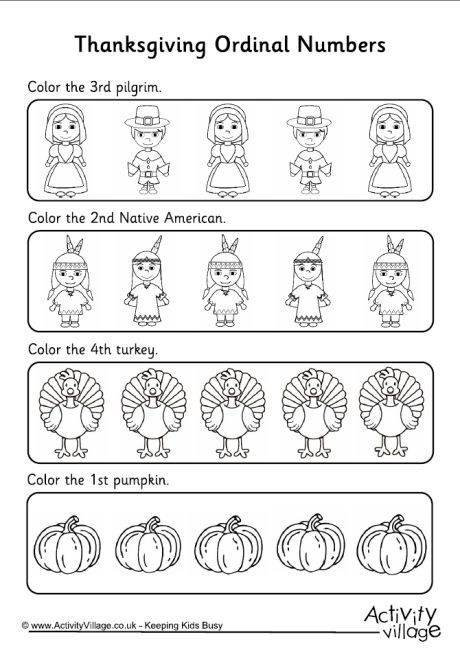
(5 Charts)
Related Worksheets
»Number Charts
»Counting
»Roman Numeral Charts
»Roman Numerals
English ESL ordinal numbers worksheets
GrammarAdjectivesAdjectives to describe feelings / mood / toneAdjectives to describe personality and characterAdjectives with –ed or -ingAdjectives: Gradable / Non-gradable adjectivesAdjectives: Incomparable adjectivesAdjectives: OppositesAdjectives: Order of adjectivesAdverbsAdverbs of degreeAdverbs of frequencyAdverbs of mannerAdverbs of placeAdverbs of timeAdverbs: IntensifiersAdverbs: Order of adverbsApostrophe SArticlesArticles: definite articles (the)Articles: indefinite articles (a/an)Articles: zero articleAuxiliary verbsBackshift in time (e.g. WILL/WOULD)BE (auxiliary verb)BE + infinitive structures (e.g. he was to become famous)BE ABLE TOBE: WAS or WERECANCAN or BE ABLE TOCAN or COULDCausativeClauses of contrast (e.g. although, while)Clauses of purpose (e.g. in order to, so that, so as to)Clauses of reason (e.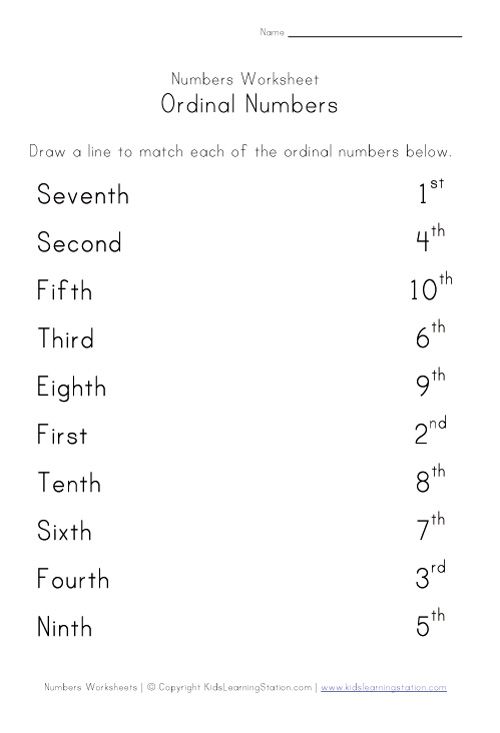 g. because, because of, due to, as, since)Clauses of result (e.g. so)Cleft sentences (e.g. It's Joey we're looking for)Commands (imperatives)Comparison (comparative and superlative)Comparison: Comparative adjectives and structuresComparison: Superlative adjectives and structuresComparisons: AS or THANConditional 0 (zero)Conditional 1 (first conditional)Conditional 2 (second conditional) - wouldConditional 3 (third conditional)ConditionalsConditionals - I wish / If onlyConditionals - Mixed conditionalsConditionals: Conditional phrases (e.g. unless, provided that, as long as)Conjunctions (aka connectives, e.g. and, but, or, so, then)Consonants and vowelsContractions (shortened forms, e.g. don't, aren't, etc.)CoordinationCountable and uncountable nounsDeterminers (words that can come before nouns)Discourse markersDO or DOESEllipsis (omission of words)ExclamationsFEW or A FEW, LITTLE or A LITTLEFigures of speech, metaphors, metonymsFormal and informal English (politeness or colloquial language)Future continuous tense: (will be V+ing)Future perfect continuous (progressive) tenseFuture perfect simple and continuous (progressive) tenseFuture perfect simple tenseFuture phrases (e.
g. because, because of, due to, as, since)Clauses of result (e.g. so)Cleft sentences (e.g. It's Joey we're looking for)Commands (imperatives)Comparison (comparative and superlative)Comparison: Comparative adjectives and structuresComparison: Superlative adjectives and structuresComparisons: AS or THANConditional 0 (zero)Conditional 1 (first conditional)Conditional 2 (second conditional) - wouldConditional 3 (third conditional)ConditionalsConditionals - I wish / If onlyConditionals - Mixed conditionalsConditionals: Conditional phrases (e.g. unless, provided that, as long as)Conjunctions (aka connectives, e.g. and, but, or, so, then)Consonants and vowelsContractions (shortened forms, e.g. don't, aren't, etc.)CoordinationCountable and uncountable nounsDeterminers (words that can come before nouns)Discourse markersDO or DOESEllipsis (omission of words)ExclamationsFEW or A FEW, LITTLE or A LITTLEFigures of speech, metaphors, metonymsFormal and informal English (politeness or colloquial language)Future continuous tense: (will be V+ing)Future perfect continuous (progressive) tenseFuture perfect simple and continuous (progressive) tenseFuture perfect simple tenseFuture phrases (e. g. be about to, bound to, likely to, due to, set to + INF)Future simple tense expressed with WILLFuture simple vs future continuousFuture tensesGenitive S vs OF (expressing possession)GerundsGerunds and InfinitivesGerunds: Perfect gerundGerunds: Progressive gerundHAD BETTERHAD BETTER vs WOULD RATHERHAVE GOT or HAS GOTHomonyms (two words with the same pronunciation - homophones and homographs)Infinitive structuresInfinitive: Bare infinitiveInfinitive: Perfect infinitiveInfinitive: Progressive infinitiveInfinitive: Split infinitiveInversion (inverted word order)Irregular verbsIt as preparatory subject (e.g. it's raining, it's nice of you to)Linking verbs (aka copulas, e.g. I am a student)MAY or MIGHTModalsMUCH or MANYMUST or HAVE TO (obligation)MUST or MUSTN'TNegatives (negation, saying No)NounsNouns: Collective nouns (team, class, family, committee)Nouns: Compound nounsNouns: Proper nouns (names of people, cities, companies)Numbers: Cardinal numbersNumbers: Ordinal numbersOpposites (antonyms)OUGHT TOOxymorons (phrases with words of contradictory meaning, e.
g. be about to, bound to, likely to, due to, set to + INF)Future simple tense expressed with WILLFuture simple vs future continuousFuture tensesGenitive S vs OF (expressing possession)GerundsGerunds and InfinitivesGerunds: Perfect gerundGerunds: Progressive gerundHAD BETTERHAD BETTER vs WOULD RATHERHAVE GOT or HAS GOTHomonyms (two words with the same pronunciation - homophones and homographs)Infinitive structuresInfinitive: Bare infinitiveInfinitive: Perfect infinitiveInfinitive: Progressive infinitiveInfinitive: Split infinitiveInversion (inverted word order)Irregular verbsIt as preparatory subject (e.g. it's raining, it's nice of you to)Linking verbs (aka copulas, e.g. I am a student)MAY or MIGHTModalsMUCH or MANYMUST or HAVE TO (obligation)MUST or MUSTN'TNegatives (negation, saying No)NounsNouns: Collective nouns (team, class, family, committee)Nouns: Compound nounsNouns: Proper nouns (names of people, cities, companies)Numbers: Cardinal numbersNumbers: Ordinal numbersOpposites (antonyms)OUGHT TOOxymorons (phrases with words of contradictory meaning, e.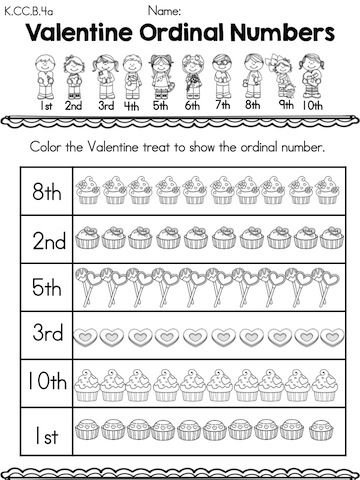 g. living dead)ParticiplesParticiples: Past participle (e.g. HAVING DONE)Participles: Present participle (e.g. DOING)Parts of Speech (aka word classes, e.g. nouns, verbs, adjectives, adverbs)Passive voice or active voicePast continuous (progressive) tensePast perfect continuous (progressive) tensePast perfect simple tensePast perfect simple vs continuous tensePast simple tensePast simple vs continuous tensePast tense: USED TOPersonal pronounsPhonetics (pronunciation, IPA, phonetic symbols)Phrasal verbsPlural nouns: irregular pluralsPlural nouns: regular plurals with S endingPrefixes (e.g. A, UN, IM, DIS, MIS, EN, etc. )PrepositionsPrepositions of movementPrepositions of placePrepositions of timePrepositions vs adverbs (e.g. before me, saw him before.)Prepositions: Double prepositions (e.g. out of)Prepositions: Participle prepositions (e.g. pending, concerning)Prepositions: Phrase prepositions (e.g. by means of)Present continuous (progressive) tensePresent perfect continuous (progressive) tensePresent perfect or past simple tensePresent perfect simple tensePresent perfect tense: FOR or SINCEPresent perfect tensesPresent simple tensePresent simple tense: S for third person singular verbsPresent simple vs continuous (progressive) tensePronouns: EACH OTHER, ONE ANOTHER (reciprocal pronouns)Pronouns: ONE / ONES (e.
g. living dead)ParticiplesParticiples: Past participle (e.g. HAVING DONE)Participles: Present participle (e.g. DOING)Parts of Speech (aka word classes, e.g. nouns, verbs, adjectives, adverbs)Passive voice or active voicePast continuous (progressive) tensePast perfect continuous (progressive) tensePast perfect simple tensePast perfect simple vs continuous tensePast simple tensePast simple vs continuous tensePast tense: USED TOPersonal pronounsPhonetics (pronunciation, IPA, phonetic symbols)Phrasal verbsPlural nouns: irregular pluralsPlural nouns: regular plurals with S endingPrefixes (e.g. A, UN, IM, DIS, MIS, EN, etc. )PrepositionsPrepositions of movementPrepositions of placePrepositions of timePrepositions vs adverbs (e.g. before me, saw him before.)Prepositions: Double prepositions (e.g. out of)Prepositions: Participle prepositions (e.g. pending, concerning)Prepositions: Phrase prepositions (e.g. by means of)Present continuous (progressive) tensePresent perfect continuous (progressive) tensePresent perfect or past simple tensePresent perfect simple tensePresent perfect tense: FOR or SINCEPresent perfect tensesPresent simple tensePresent simple tense: S for third person singular verbsPresent simple vs continuous (progressive) tensePronouns: EACH OTHER, ONE ANOTHER (reciprocal pronouns)Pronouns: ONE / ONES (e.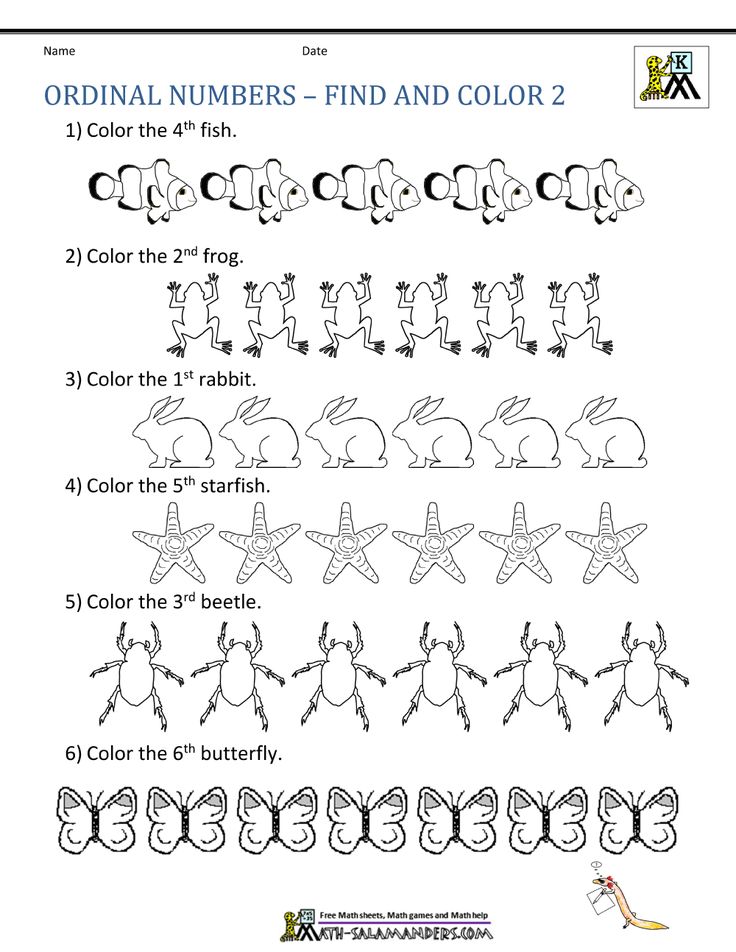 g. the big one)Pronouns: Possessive pronouns (e.g. my, mine)Pronouns: Reflexive pronouns (e.g. myself, yourself))Pronouns: SOMEBODY, ANYBODY, EVERYBODY, NO ONE, NOTHING, etc.Pronouns: THIS, THAT, THESE, THOSE (demonstratives)Pronouns: YOU and THEY to talk about people in generalPunctuationPunctuation: CommasPunctuation: correcting run-on sentencesQuantifiers (e.g. some, many, much, any, few, little)Question tagsQuestion wordsQuestions (interrogative)Questions and short answersQuestions: Object questionsQuestions: Subject questionsQuestions: Subject vs object questionsQuestions: WH questions (open-ended questions)Questions: Yes or No questionsRelative clausesRelative Clauses: DefiningRelative Clauses: Non-definingRelative clauses: Relative adverbsRelative clauses: WHAT or WHICHReported Speech (Indirect speech)Reported speech: reported questions (indirect questions)Reported speech: Reporting verbsSHOULD, SHOULDN'TSO - NEITHER / NOR (meaning "too")SO or SUCH + adjectivesSOME or ANYSubject and verb agreementSubjunctive moodSubordinate (dependent) clausesSuffixes (e.
g. the big one)Pronouns: Possessive pronouns (e.g. my, mine)Pronouns: Reflexive pronouns (e.g. myself, yourself))Pronouns: SOMEBODY, ANYBODY, EVERYBODY, NO ONE, NOTHING, etc.Pronouns: THIS, THAT, THESE, THOSE (demonstratives)Pronouns: YOU and THEY to talk about people in generalPunctuationPunctuation: CommasPunctuation: correcting run-on sentencesQuantifiers (e.g. some, many, much, any, few, little)Question tagsQuestion wordsQuestions (interrogative)Questions and short answersQuestions: Object questionsQuestions: Subject questionsQuestions: Subject vs object questionsQuestions: WH questions (open-ended questions)Questions: Yes or No questionsRelative clausesRelative Clauses: DefiningRelative Clauses: Non-definingRelative clauses: Relative adverbsRelative clauses: WHAT or WHICHReported Speech (Indirect speech)Reported speech: reported questions (indirect questions)Reported speech: Reporting verbsSHOULD, SHOULDN'TSO - NEITHER / NOR (meaning "too")SO or SUCH + adjectivesSOME or ANYSubject and verb agreementSubjunctive moodSubordinate (dependent) clausesSuffixes (e.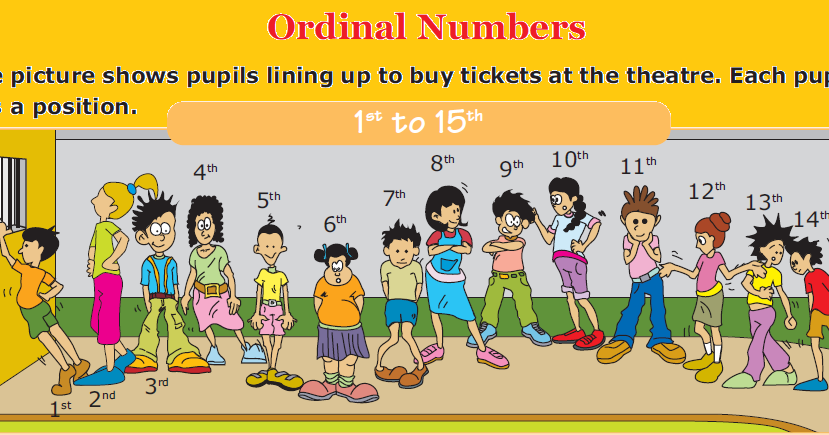 g. S, ED, ING, N'T)There is / there are / there was / there were / there will be, etc.Too and enough Verb patternsVerb phraseVerb tensesVerbs: Action verbsVerbs: Dynamic verbsVerbs: State verbs (aka stative verbs)Verbs: State verbs vs dynamic verbsVerbs: Transitive or intransitive verbs (words that can or cannot stand with objects)Word classesWord formationWord order
g. S, ED, ING, N'T)There is / there are / there was / there were / there will be, etc.Too and enough Verb patternsVerb phraseVerb tensesVerbs: Action verbsVerbs: Dynamic verbsVerbs: State verbs (aka stative verbs)Verbs: State verbs vs dynamic verbsVerbs: Transitive or intransitive verbs (words that can or cannot stand with objects)Word classesWord formationWord order
VocabularyAbilityAccidentsActionsAddictionsAdvertising/marketingAgeAllergiesAlphabetAmerican/British EnglishAnimalsArtAustraliaAutumnBeautyBirthdaysBody art, piercing, tattoesBody partsBooks and readingBrainteasersCelebrities (stars, famous people)ChristmasCityClassroomClothes, fashionColoursComputer gamesComputers & TechnologyCountriesCrime, law and punishmentCulture, intercultural communication, cross-cultural communicationDaily routinesDatesDays of the weekDebateDescribing peopleDinosaursDreamsEasterEnvironmentExtreme sportsFablesFaceFamilyFashion & clothesFather's dayFeelings, emotionsFoodFree time, leisure activitiesFriendsFurnitureFutureGiving DirectionsGoing out, entertainmentGoing to a restaurantGossipsGraffiti, street artGreetingsHabits (good and bad)HalloweenHealth, going to the doctorHistoryHobbiesHolidaysHomeHomonymsHuman rights, racism, discriminationHumorIdiomsIrelandJobs, workLearning languagesLikes and dislikesLondonLove, romance, datingMarriageMeans of transportMemoriesMoneyMonthsMother's dayMovies & TV showsMusicNew Year's EveNewspaper EnglishNumbersOlympicsOppositesParties, partying, going to partiesPastPeoplePersonality and characterPhoningPiratesPlacesPokémon GoPolitics, voting, electionsRobotsRooms in the houseSchoolScienceSeasonsShapesShoppingSmart phones, tablets and gadgetsSocializing, small talkSpaceSportsSpringSt. Patrick's dayStorytellingSuccessSummerSynonymsTechnical EnglishTechnologyTelling the timeThanksgivingTimeTourismToysTraditions, national customsTravelUnited KingdomUnited States of America (USA)Valentine's DayWeatherWinterWomen and men, gender rolesWords easily confused
Patrick's dayStorytellingSuccessSummerSynonymsTechnical EnglishTechnologyTelling the timeThanksgivingTimeTourismToysTraditions, national customsTravelUnited KingdomUnited States of America (USA)Valentine's DayWeatherWinterWomen and men, gender rolesWords easily confused
Material Typeactivities promoting classroom dynamics (group formation)activities with music, songs & nursery rhymesadapting the coursebookboardgamesbusiness Englishclassroom management (classroom rules, discipline, teacher authority)classroom postersCLT (Communicative Language Teaching) resourcesConversation topics & dialogsCritical thinking cross-cultural communication (multiculturalism, intercultural communication)crosswordscurriculum design, grammar syllabus designDebating (argumentation)Direct Method activitieserror correction and scaffolding techniques, tips about how to correct student errorsflashcardsfun activities & gamesgamesgeneral teaching tips, ideas & techniquesgrading & testing (assessment)grammar drillsgrammar guideshomework (assigning, checking, grading, etc. )how to ask good questionshow to give instructionshow to manage student projectshow to promote creativity & imagination in studentshow to promote learner autonomyhow to promote student cooperation, cooperative learninghow to survive parent-teacher conferenceshow to teach 'unplugged' (without technology)how to teach giving presentationshow to teach grammarhow to teach large classeshow to teach listeninghow to teach mixed-age / mixed-ability classeshow to teach politeness (etiquette)how to teach readinghow to teach speakinghow to teach spelling & the alphabethow to teach students with special educational needs, learning difficulties, e.g. dyslexiahow to teach vocabulary (lexis, morphology)how to teach with pictureshow to teach with stories (storytelling)how to teach with the interneticebreakersICT (using technology in the classroom)improving students' dictionary skills (using the dictionary)Information gap activitieskinesthetics, TPR (Total physical response) activitiesmnemonics, memory techniquesmotivating studentsone-on-one activitiespicture description exercisespicture dictionariespicture storiespreparing for lessonspronunciation exercises (phonics)reading comprehension exercisesrole plays, drama and improvisation activitiesSentence transformation & rephrasing exercisesstudent learning stylesTBL (Task -based learning) activitiesTeacher development materialteacher development, self-evaluation, classroom observationteststime management & timingtime saving tips for teacherstips for beginner teacherstranslation exercisestutorials about creating worksheetsusing body language (facial expressions, gestures, eye contact)video & movie activitieswarmers & coolersweb tools for teachers wordsearchesworksheet templates & layoutswriting & creative writing tasks
)how to ask good questionshow to give instructionshow to manage student projectshow to promote creativity & imagination in studentshow to promote learner autonomyhow to promote student cooperation, cooperative learninghow to survive parent-teacher conferenceshow to teach 'unplugged' (without technology)how to teach giving presentationshow to teach grammarhow to teach large classeshow to teach listeninghow to teach mixed-age / mixed-ability classeshow to teach politeness (etiquette)how to teach readinghow to teach speakinghow to teach spelling & the alphabethow to teach students with special educational needs, learning difficulties, e.g. dyslexiahow to teach vocabulary (lexis, morphology)how to teach with pictureshow to teach with stories (storytelling)how to teach with the interneticebreakersICT (using technology in the classroom)improving students' dictionary skills (using the dictionary)Information gap activitieskinesthetics, TPR (Total physical response) activitiesmnemonics, memory techniquesmotivating studentsone-on-one activitiespicture description exercisespicture dictionariespicture storiespreparing for lessonspronunciation exercises (phonics)reading comprehension exercisesrole plays, drama and improvisation activitiesSentence transformation & rephrasing exercisesstudent learning stylesTBL (Task -based learning) activitiesTeacher development materialteacher development, self-evaluation, classroom observationteststime management & timingtime saving tips for teacherstips for beginner teacherstranslation exercisestutorials about creating worksheetsusing body language (facial expressions, gestures, eye contact)video & movie activitieswarmers & coolersweb tools for teachers wordsearchesworksheet templates & layoutswriting & creative writing tasks
LevelAdvanced (C1)Beginner (pre-A1)Elementary (A1)Intermediate (B1)Pre-intermediate (A2)Proficient (C2)Upper-intermediate (B2)
Student Typeadultsbusiness/professionalelementary schoolhigh schoolkindergartenstudents with special educational needs, learning difficulties, e. g. dyslexia
g. dyslexia
SkillListeningReadingSpeakingSpellingWriting
Language ExamBULATSCambridge: Advanced (CAE)Cambridge: First (FCE)Cambridge: Key (KET)Cambridge: Preliminary (PET)Cambridge: Proficiency (CPE)Cambridge: Young Learners (YLE)CaMLA: ECCECaMLA: ECPECaMLA: EPTCaMLA: MELABCaMLA: METCaMLA: YLTEECLIELTS (General)IELTS AcademiciTEP AcademiciTEP BusinessiTEP HospitalityiTEP SLATEPTE (General)PTE AcademicSTEP EIKENTELCTOEFLTOEICZD
DialectAmerican EnglishAustralian EnglishBritish English (UK English)Canadian EnglishIrish EnglishNew Zealand EnglishScottish EnglishSouth African EnglishWelsh English
Communicative functionhow to accuse somebody of something in Englishhow to apologize, say sorry, forgive and express regret in Englishhow to arrange appointments in Englishhow to ask for information and make inquiries in Englishhow to ask for something, make requests in Englishhow to avoid saying something in Englishhow to be ceremonial in Englishhow to be vague in Englishhow to blame somebody for something in Englishhow to calm down people in Englishhow to clarify something in Englishhow to congratulate people in Englishhow to contrast and compare in Englishhow to criticize somebody in Englishhow to defend yourself from criticism in Englishhow to deny or admit something in Englishhow to describe things or people in Englishhow to draw conclusions in Englishhow to emphasize important things in Englishhow to encourage or discourage people in Englishhow to evaluate people or progress in Englishhow to explain things in Englishhow to express agreement /disagreement in Englishhow to express approval and disapproval in Englishhow to express cause and effect in Englishhow to express disappointment in Englishhow to express disgust in Englishhow to express doubt in Englishhow to express envy in Englishhow to express fear in Englishhow to express hope in Englishhow to express indifference in Englishhow to express interest in something in Englishhow to express likelihood, probability in Englishhow to express likes and dislikes in Englishhow to express love or anger in Englishhow to express preferences in Englishhow to express relief in Englishhow to express sadness in Englishhow to express sequence and chronology in Englishhow to express shock and disbelief in Englishhow to express speculations in Englishhow to express surprise in Englishhow to express sympathy and condolences in Englishhow to express threats in Englishhow to express unwillingness in Englishhow to express your needs in Englishhow to give advice in Englishhow to give commands in Englishhow to give consent in Englishhow to give opinions in Englishhow to give permission, authorization in Englishhow to give toasts in Englishhow to give warnings in Englishhow to greet people in Englishhow to haggle and bargain in Englishhow to inform somebody about some news in Englishhow to instruct people in Englishhow to interpret what was said in Englishhow to interrupt people in Englishhow to introduce people in Englishhow to introduce yourself in Englishhow to invite people in Englishhow to keep a conversation going in Englishhow to make complaints in Englishhow to make compliments in Englishhow to make generalizations in Englishhow to make good wishes in Englishhow to make guesses about something in Englishhow to make predictions in Englishhow to make promises in Englishhow to make suggestions in Englishhow to make, accept and refuse offers in Englishhow to order or make a booking in Englishhow to persuade, convince people in Englishhow to praise people and express appreciation in Englishhow to reassure somebody of something in Englishhow to refuse and object to something in Englishhow to remind people of something in Englishhow to rephrase, paraphrase what was said in Englishhow to say NO nicely in Englishhow to say thank you, express gratitude in Englishhow to scold somebody in Englishhow to start a conversation in Englishhow to summarize in Englishhow to tell a story in Englishhow to tell bad news in Englishhow to welcome people in English
Solutionyesno
More filters
When do you need letter increments after numbers?
Technical design of the text
When do you need letter increments after numbers?
When to use extensions?
Accretion (letter case ending) is used in writing ordinal numbers: 10th class "B"; 11th grade student; 1st car from the center; 5th level of difficulty; take 2nd and 3rd places; in the early 90s, route 12 .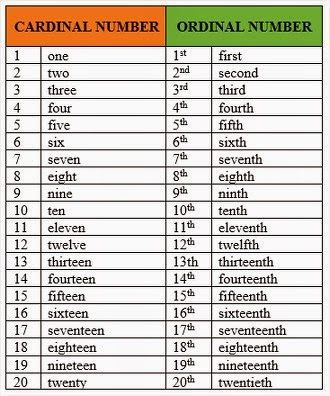
Extension not used:
-
In cardinal numbers: dictionary in 4 volumes; work of 2 employees; a series of 12 exercises .
-
When recording calendar numbers: March 22, 2003, April 1, January 10. Not: March 22, 2003, April 1st, January 10th.
-
If the number is indicated by a Roman numeral: II International Olympiad for schoolchildren in the Russian language; IX Congress, XXI century, Louis XIV.
-
In the numbers of volumes, chapters, pages, illustrations, tables, appendices, etc., if the generic word (volume, chapter) precedes the numeral: on p. 196, v. 5, in the table. 11, in app. 1 (but: on the 196th page, in the 5th volume, in the 11th table, in the 1st appendix).
How to apply extensions?
The increment of the case ending in ordinal numbers indicated by Arabic numerals can be one-letter or two-letter.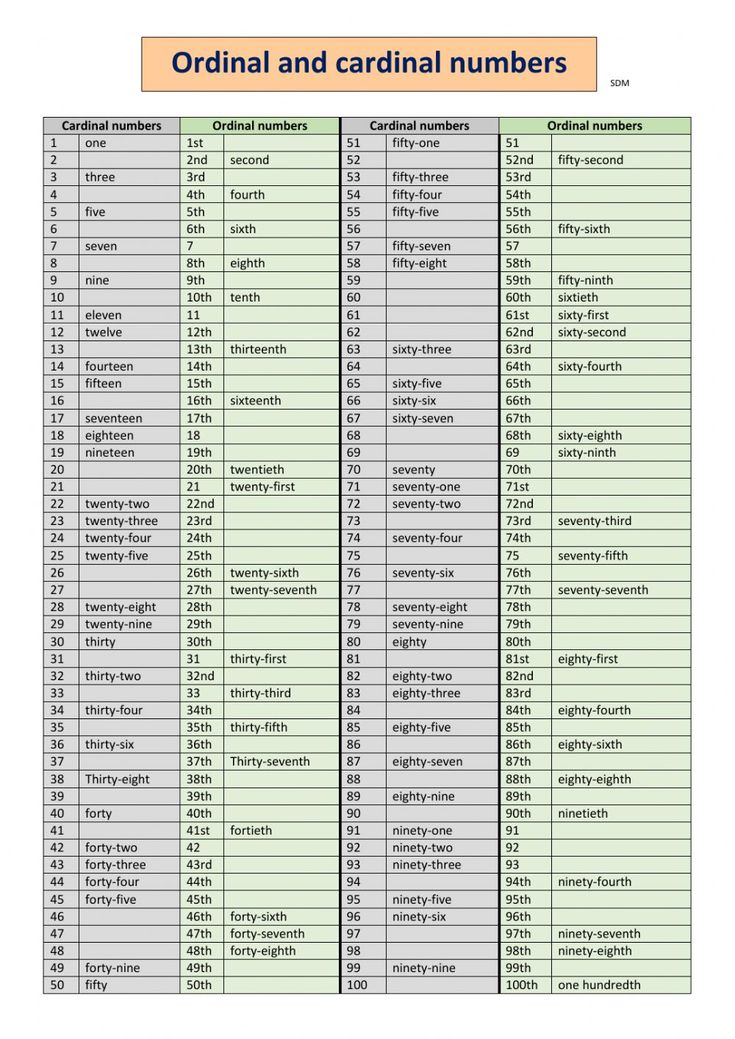
According to the established tradition, the accretion should be one-letter if the last letter of the numeral is preceded by a vowel sound: 5th day (fifth day), 25th anniversary (twenty-fifth anniversary), in the 32nd edition (in the thirty-second edition), in the 14th row (in the fourteenth row).
Accretion must be two-letter if the last letter is preceded by a consonant: th row (from the fourteenth row).
If two ordinal numbers follow in a row, separated by a comma or joined by a union, the case ending is increased for each of them: 1st, 2nd cars; 80s and 90s .
If more than two ordinal numbers follow in a row, separated by a comma, semicolon or connected by a union, then the case ending is increased only for the last numeral: 1, 2 and 3 cars, 70, 80, 90s .
If two ordinal numbers follow through a dash, then the case ending is increased:
a) only for the second numeral, if the case ending for both numerals is the same: 50–60s, in 80–90s ;
b) for each numeral, if the case endings are different: in the 11th - 20th rows .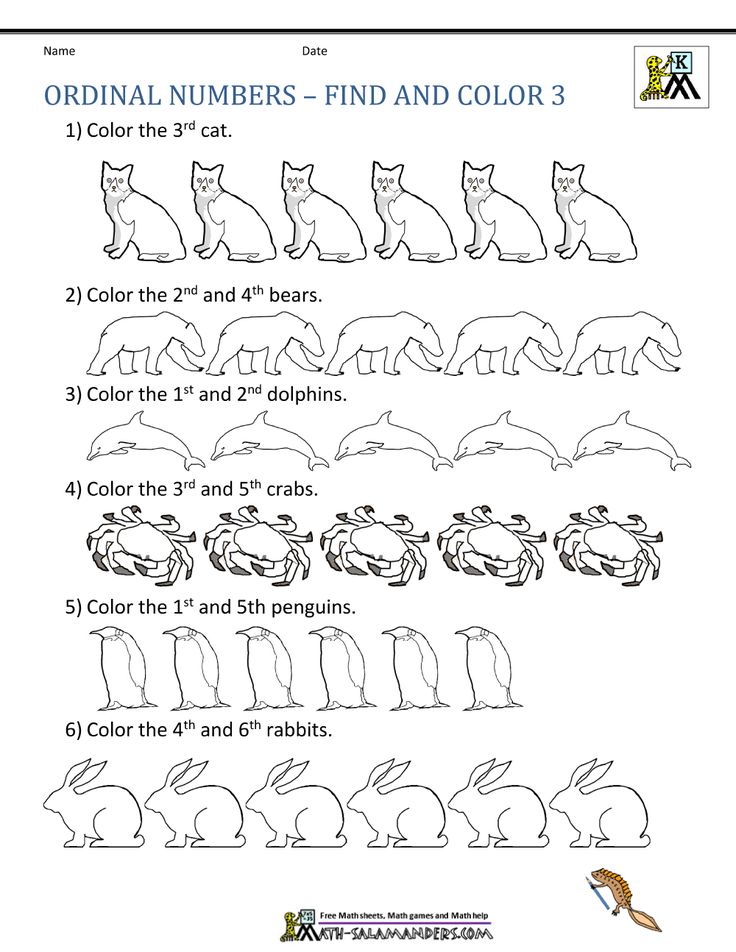
How do you write a noun or adjective that starts with a number? Which is correct: 3-dimensional or 3-dimensional?
Correct design: 3D (Preferred) , 3D .
If there is a numeral in the composition of compound nouns and adjectives, then it can be written in verbal form (in words) or in verbal-numeric form (number and hyphen attached to the noun or adjective). When using the verbal-numeric form of notation, letter increments after numerals are not written.
False | True |
| 2 sim, 2 sim, 2 sim | dual sim, 2 sim |
| 150th Anniversary, 150th Anniversary, 150th Anniversary | centennial, 150th anniversary |
Note .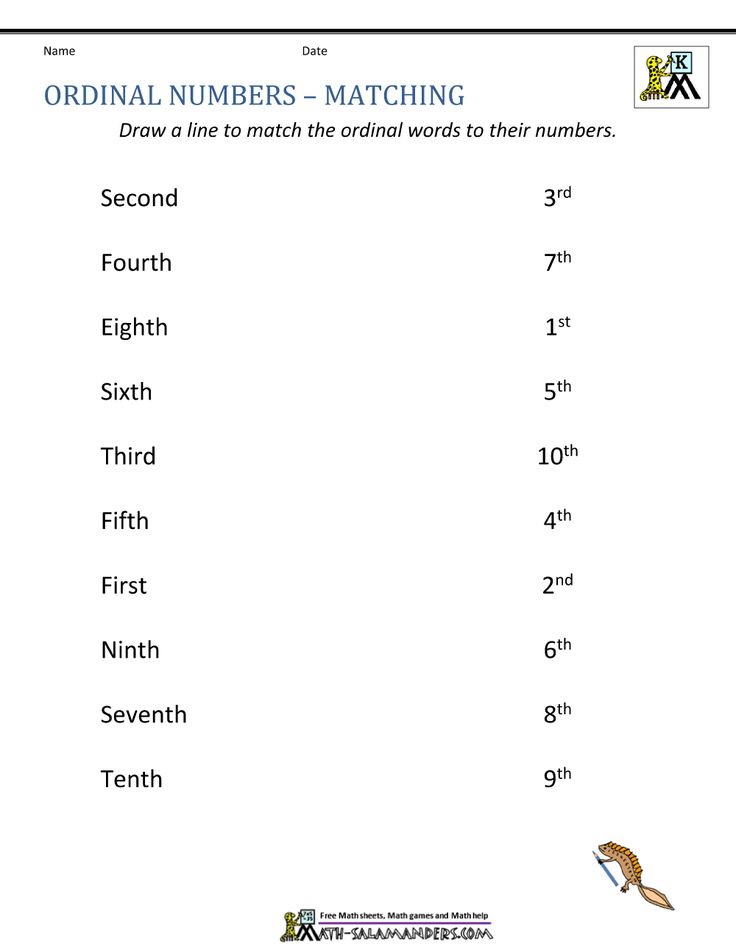 In highly specialized publications, it is allowed to replace the adjective (name of a physical unit) with the corresponding short designation: 5-km distance, 12-ton load.
In highly specialized publications, it is allowed to replace the adjective (name of a physical unit) with the corresponding short designation: 5-km distance, 12-ton load.
How to write class names: 1a class or 1st "A" class?
There are no special rules for the design of a letter in a class name. In other cases, letter additions, as a rule, are written in lowercase letters without quotes and are attached without a space and without a hyphen to the previous figure: figure 1a, paragraph 2e, house 3a , etc. Therefore, by analogy, one could write class 1a, class 10g , but in practice this option is not used.
The most common design options with a capital letter enclosed in quotation marks: our 10th "B", entered 1st "A" class , etc. This design is especially appropriate in cases where the letter is not located immediately after the numeral (or when the numeral is absent at all): 10th grade "B"; classes "A" and "B".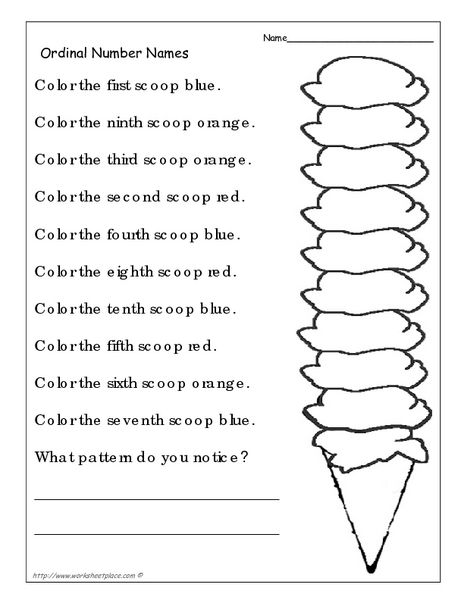
When writing a numeral in a word, a similar design is used: first "A" class, tenth "B" . Compare: Here it was possible to wait out some danger, smoke, talk with a girl - in a word, it was not by chance that Melnikov discovered his ninth "B" here. G. Polonsky, We'll live until Monday. Sluzhkin launched the ninth "A" into the office and opened the class magazine . A. Ivanov, The geographer drank his globe away.
Literature:
Milchin A. E., Cheltsova L. K. Reference book of the publisher and author. M., 2003.
Cardinal and Ordinal Numbers in English
Test for determining the level of English
This test for knowledge of English was compiled by the methodologists of the Skysmart online school. They prepared fun and relevant tasks on modern topics to make the test both useful and interesting
Cardinal numbers
Cardinal numbers - answer the question "how much" .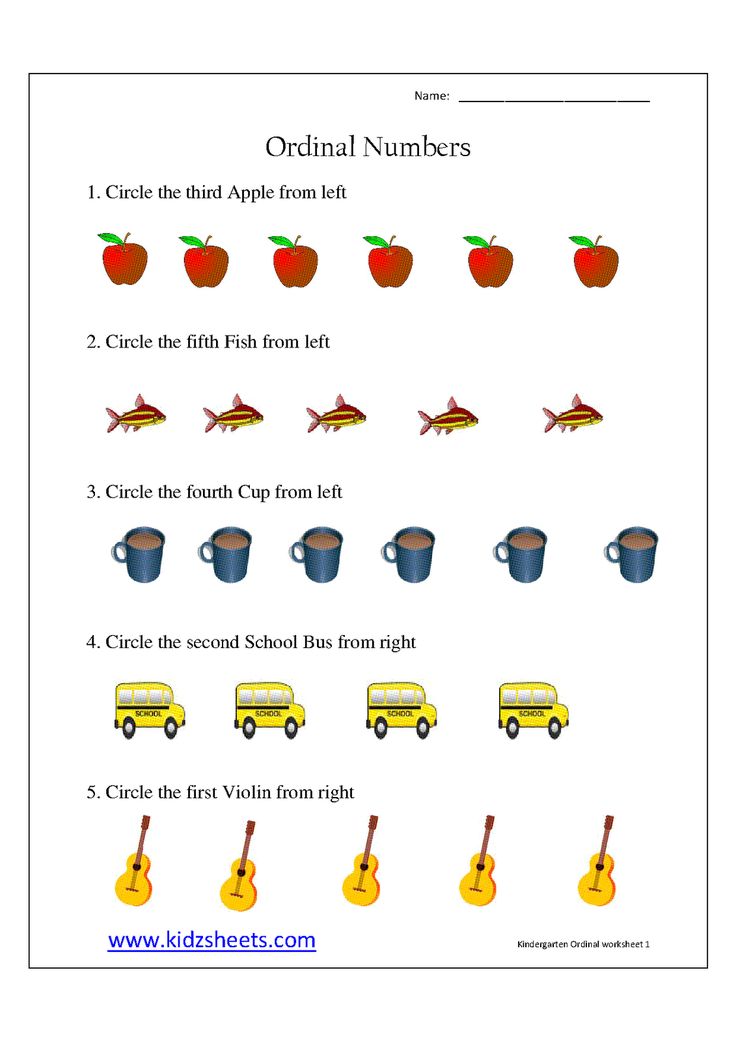
Remove should be no problem. There are no special chips and wisdom in their education - you just need to remember a few features.
Numerals hundred, thousand, million are used in the singular. No need to add the plural ending S.
The ending S is used only if the numerals are used as nouns:
- thousands of followers
- hundreds of voters - hundreds of voters
- dozens of comments
When writing a large number in English, you have to split it with commas, like this:
- 1.567 one thousand, five hundred and sixty-seven
By the way, in the UK it is customary to split long numbers with the union and:
- seven hundred and sixty - three
And in American English it is accepted like this:
- seven hundred sixty - three
Choose which English is closer to you and use one of the options.
Cardinal numbers will probably be needed for you to dictate a phone number. Are people still exchanging numbers in 2020? Let's assume that yes and remember:
Are people still exchanging numbers in 2020? Let's assume that yes and remember:
- digits of the phone number are pronounced one at a time
- if two identical digits are in a row, you can say double and say the digit once
- 112 - 344 double one two three double four
Another effective way to quickly memorize numbers is to sign up for English lessons for children 8 years old online at Skysmart School.
How many English words do you already know?
Let's define your vocabulary - without complex questions and with the help of smart algorithms.
Features of numerals
Everything could be simple and understandable with English numerals, if not for a few tricky rules that need to be understood and remembered.
Free English lessons with a native speaker
Practice 15 minutes a day. Learn English grammar and vocabulary. Make language a part of life.
Zero
Zero - it's zero, it's also zero, nil, nought and o - many-sided and mysterious, let's figure it out.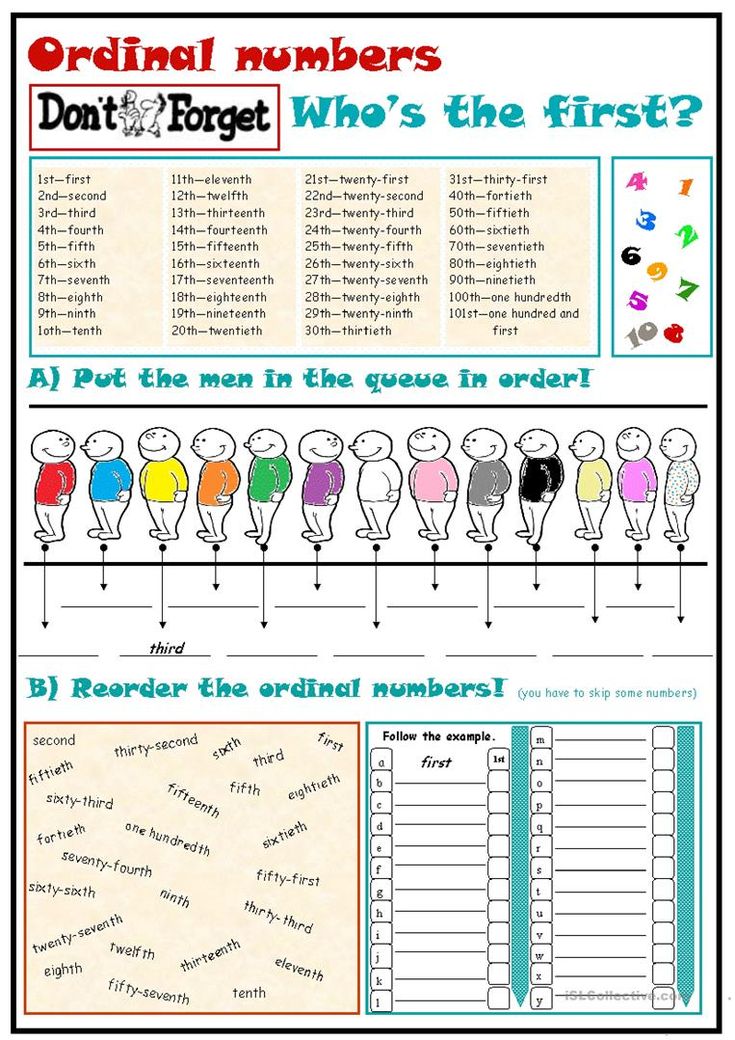
Zero is pronounced like zero:
- in the weather forecast: above zero - above zero, below zero - below zero, reduce to zero - reduce to zero.
- as a percentage: there is only a 30% chance of rain - the probability of rain is only 30%.
- in stable expressions: zero visibility - zero visibility, zero chance - zero chances.
- in phone numbers it is equally acceptable to pronounce both zero and o [əu]
- in fractions: 0.6 - zero point six.
Zero is pronounced like o [əu]:
- for years and times: 2007 - twenty o seven.
- in telephone numbers, bank accounts: 051 600 30 – o five one six double o three
- in fractions: 0.8 - o point eight.
If we are talking about sports competitions, matches, championships, use Nil:
- we won four-nil - we won three-nil
- we drew nil-nil - we drew
British nought/naught means "zero", "nothing".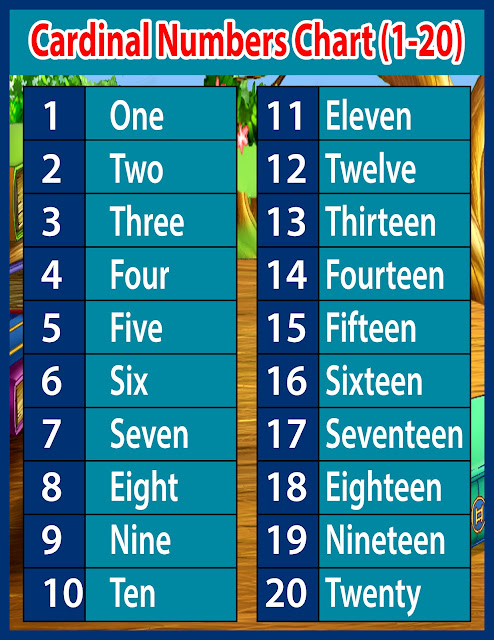 The word is outdated and almost never used, but it won't hurt to remember it. Suddenly, Elon Musk messes up something, and we fly into the past, not into the future.
The word is outdated and almost never used, but it won't hurt to remember it. Suddenly, Elon Musk messes up something, and we fly into the past, not into the future.
Years
Cardinal numbers are used to designate years in English.
- The four-digit year is divided in half and pronounced as two separate numbers: 1996 nineteen ninety - six,
-
Millenniums are pronounced in thousands:
2020 - two thousand twenty / twenty twenty,
22000 - two thousand,
22007 - two thousand and seven,
21907 - nineteen or seven,
-
If there are two zeros at the end of the year, then we say with hundred, that is, we count hundreds:
1700 - seventeen hundred, 1900 - nineteen hundred.
Remember:
The year is preceded by the preposition in .
The word year is either completely omitted in the sentence, or stands before the numeral, contrary to any logic of a Russian-speaking person:
- Game of Thrones premiered in 2011
Also remember these designations, they are often found in books, textbooks and movies:
- BC - before Christ (before Christ, - BC).

- AD - Anno Domini (after the birth of Christ, - our era).
Demo lesson in English
Let's determine the level and set a goal, and then we will teach you to speak English fluently.
Fractions
Fractions - ½. The rules of writing are the same as in Russian. Recall that what is above the line is the numerator, and what is below it is the denominator.
Attention now:
-
The numerator is pronounced like a cardinal number.
-
Denominator as ordinal number.
-
The numerator one can be read as an article a :
-
1/14 - one fourteenth / a fourteenth
-
1/8 - one eighth / a eighth
-
1/3 - one third / a third
-
If the numerator is greater than 1, then the plural ending s is added to the ordinal denominator:
- 4/5 - four fifths
- 2/8-two eighths
- 1/2 - one half / a half
- 1/4 - one quarter / a quarter / one fourth
- 2/4 - two quarters
Remember:
When reading fractions, half is half
A quarter, one fourth
Decimals . There are a few things to remember here. In English decimal fractions, a point is put, not a comma, and we do not pronounce fractions (tenths, hundredths, etc.). They are just called numbers. The point is also pronounced point:
There are a few things to remember here. In English decimal fractions, a point is put, not a comma, and we do not pronounce fractions (tenths, hundredths, etc.). They are just called numbers. The point is also pronounced point:
- 2.26 two point twenty six
- 7.654 - seven point six five four
If there is no integer before the point, then zero is pronounced or nothing is said at all:
- 0.3 - zero point three / point three
- 0.65 - zero point six five / point six five
- 0.02 - zero point zero two / point zero two
You can also say o [əu] instead of zero.
Percentages in English do not require a plural. Percent is always singular:
- 3.3% - three point three percent
- 50% - fifty percent
- 99% - ninety-nine percent
Money
The currency symbol always precedes the amount: $500 - $500, €200 - two hundred euros. First, the amount is pronounced, and only then the name of the currency - do not mix it up.
If the amount consists of a decimal fraction, then first we pronounce the whole number, then the currency, and at the end - the decimal part.
- € 16.55 - sixteen euros fifty five
- $20. 99 - twenty dollars ninety nine
If you know the name of the coin, you can insert it at the end.
Arithmetic
Cardinal numbers are used for counting in English.
to equal - equal to
- 2+2 = 4 - two plus two is four
- 10-5 = 5 - ten minus five equals five
- 30 x 3 = 90 - thirty multiplied by three is ninety
- 50 : 5 = 10 - fifty divided by five equals ten
The verb to be can be plural when added. And the verb to equal can be replaced by the verb to make.
- 36 + 6 = 42 - thirty six and six are forty two
- 8 + 4 = 12 - eight plus four make twelve
Let's practice
You already know how to read numbers in English. To remember all this better, try to practice a little.

